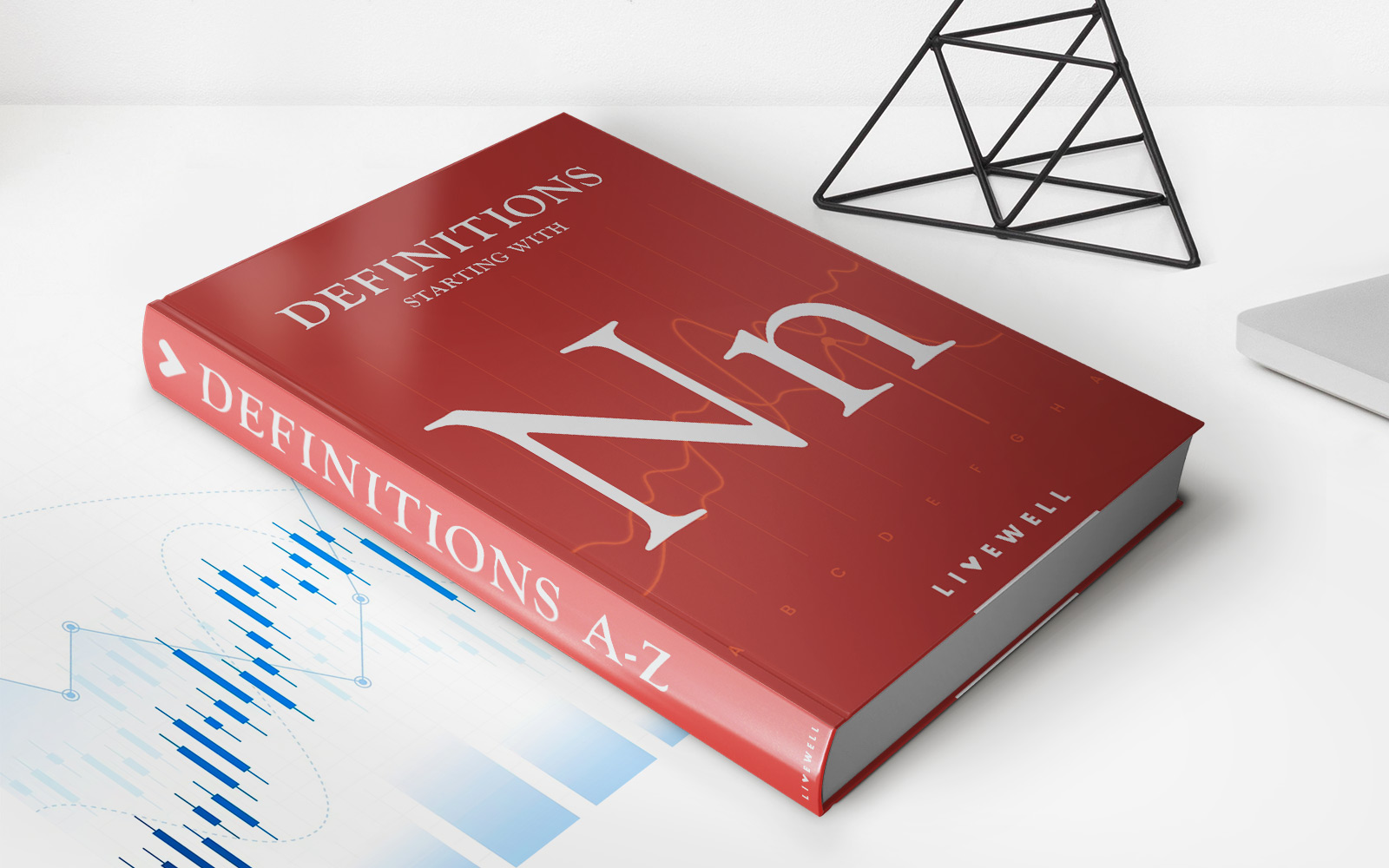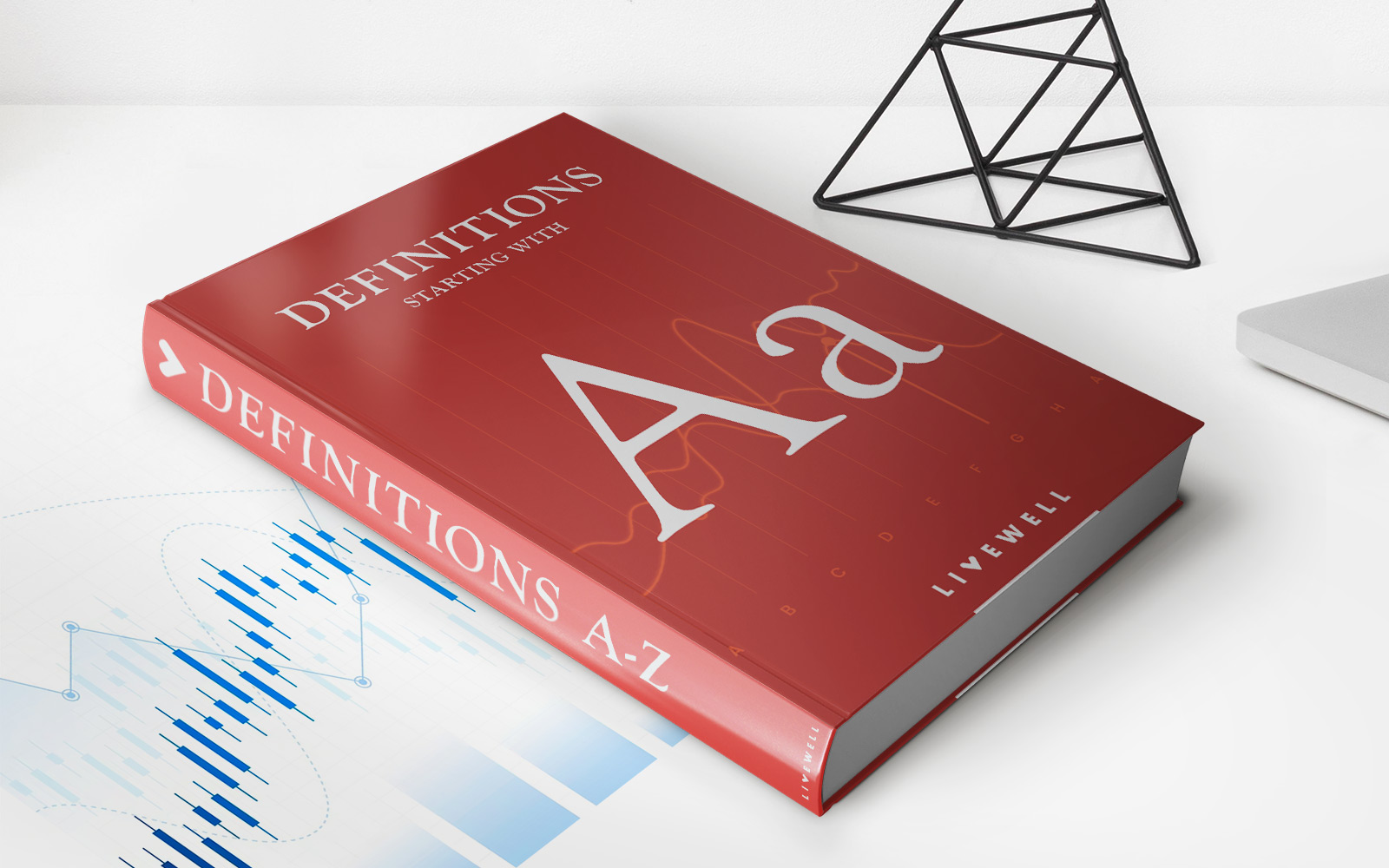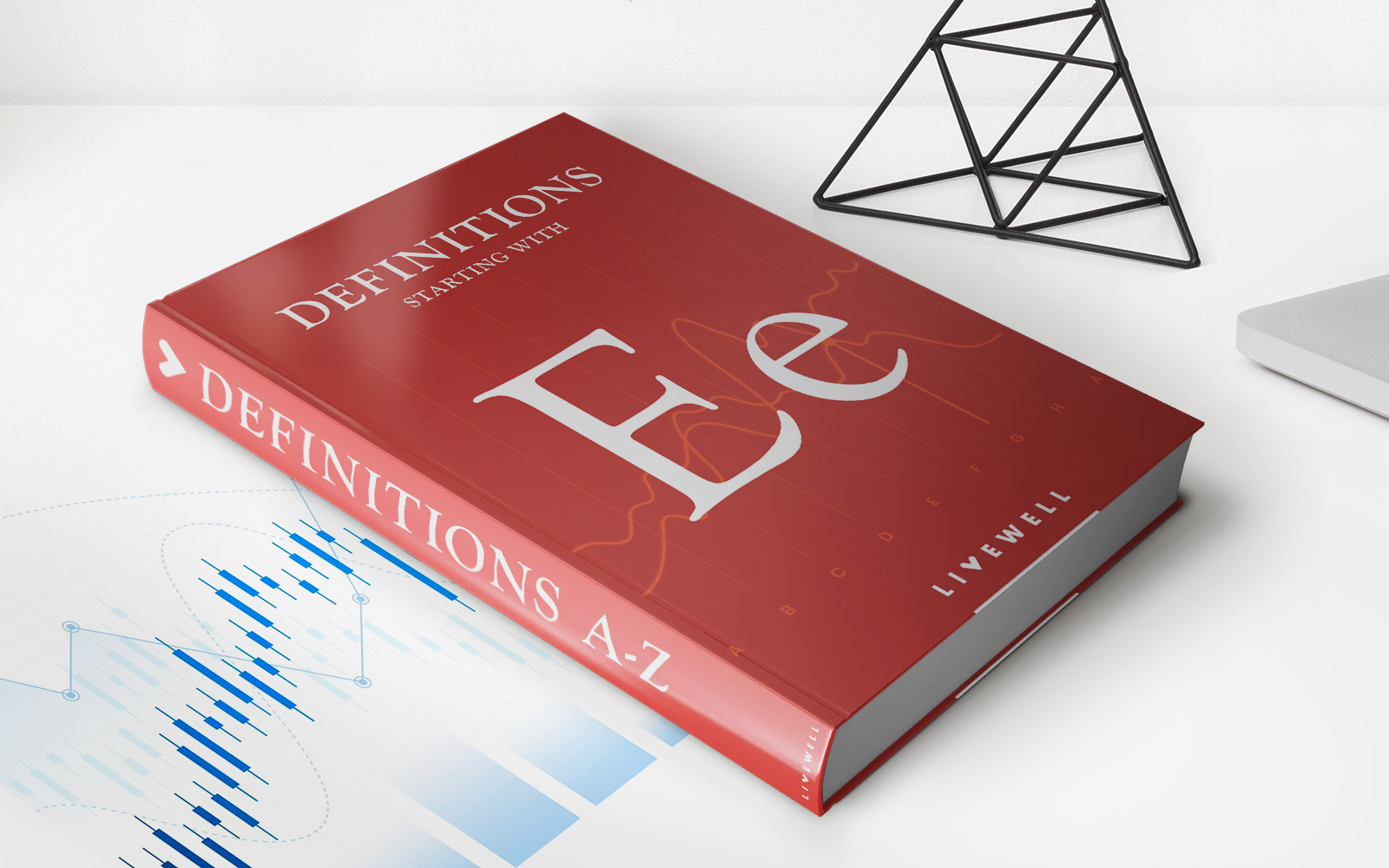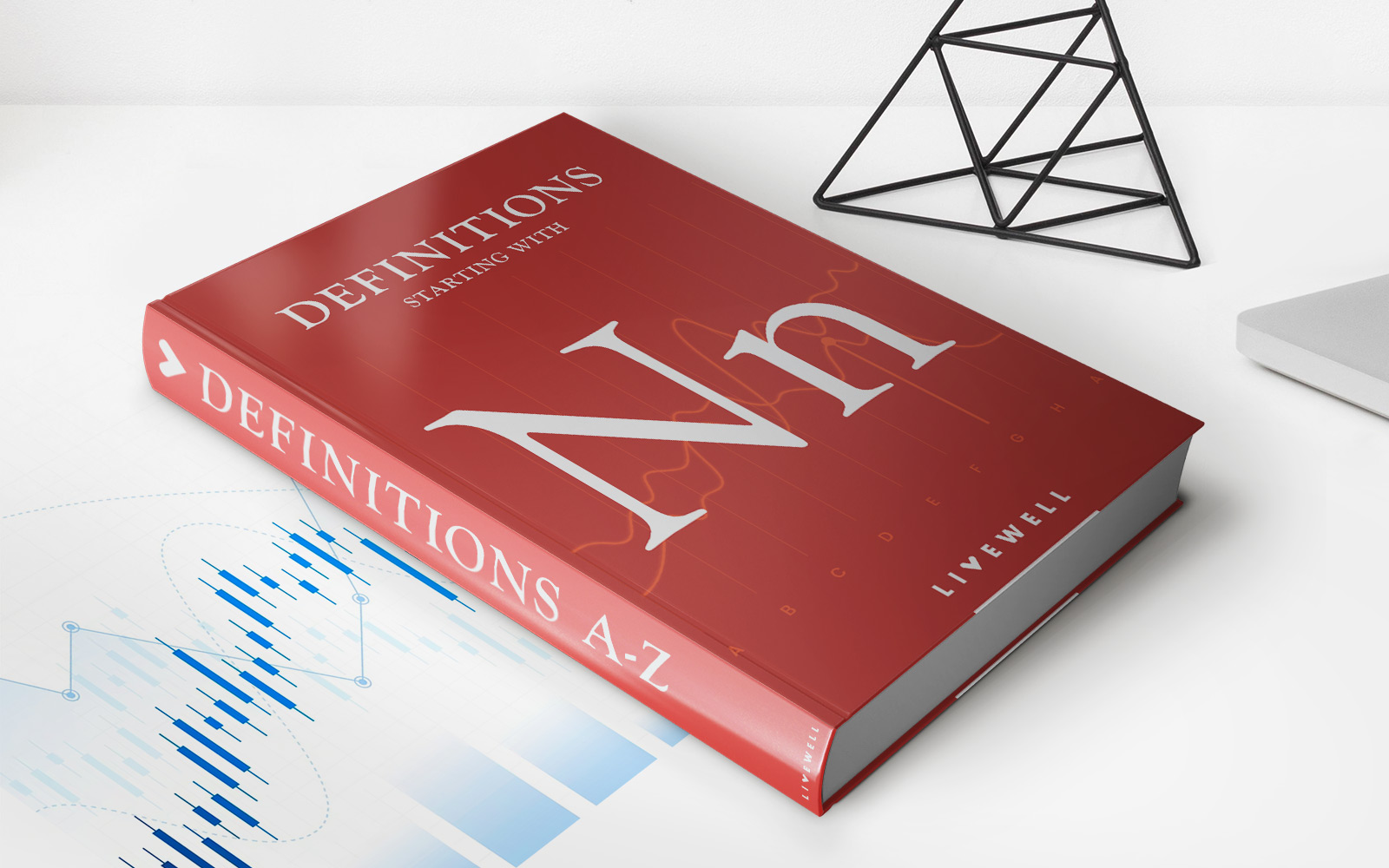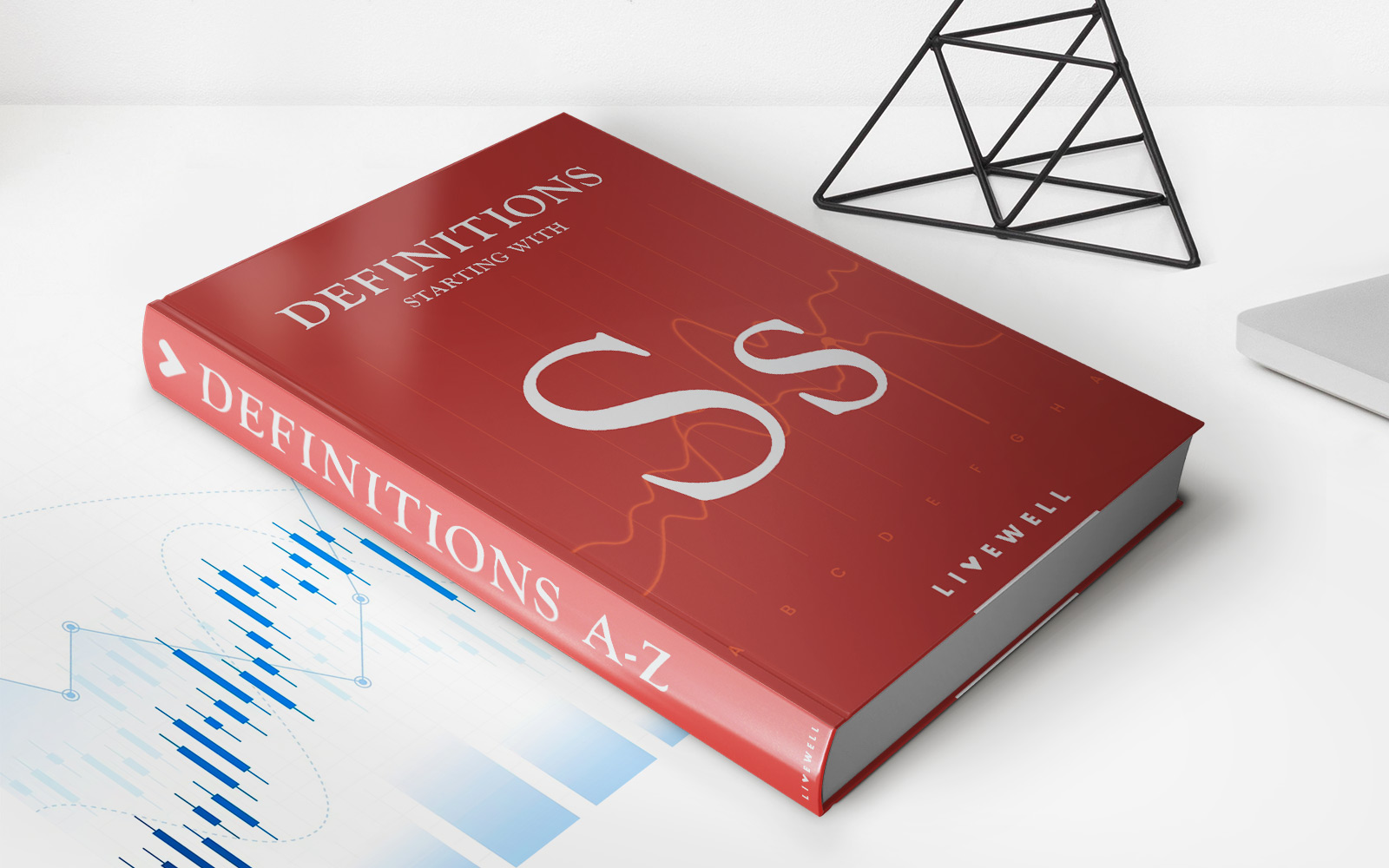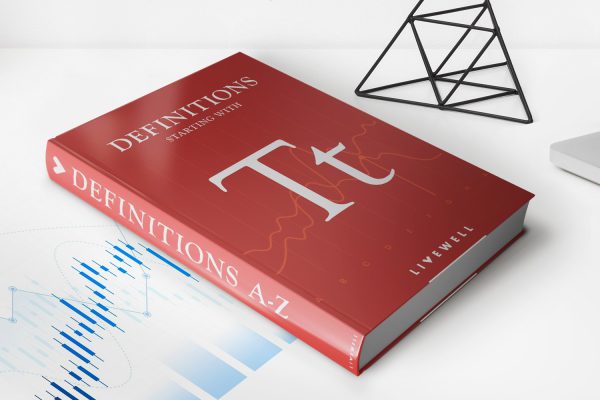Home>Finance>Security Market Line (SML) Definition And Characteristics


Finance
Security Market Line (SML) Definition And Characteristics
Published: January 26, 2024
Learn about the Security Market Line (SML), a fundamental concept in finance that depicts the risk-return tradeoff of securities. Understand its definition and characteristics.
(Many of the links in this article redirect to a specific reviewed product. Your purchase of these products through affiliate links helps to generate commission for LiveWell, at no extra cost. Learn more)
Understanding the Security Market Line (SML): Definition and Characteristics
When it comes to investing in securities, understanding risk and return is crucial. Investors want to maximize their returns while minimizing their risks. One tool that helps investors analyze the relationship between risk and expected return is the Security Market Line (SML). In this blog post, we will delve into the definition and characteristics of the SML, and how it can guide investors in their decision-making process.
Key Takeaways:
- The Security Market Line (SML) is a graphical representation of the relationship between the expected return of an investment and its systematic risk.
- It helps investors determine whether an investment is offering an appropriate level of return given its risk level.
What is the Security Market Line?
The Security Market Line (SML) is a concept derived from the Capital Asset Pricing Model (CAPM), a widely used financial theory. The SML is a line that represents the expected return of an investment given its systematic, non-diversifiable risk or beta.
The SML is plotted on a graph with the y-axis representing the expected return and the x-axis representing the systematic risk or beta. The line starts at the risk-free rate of return (usually represented by Treasury bonds) and slopes upwards. The slope of the line represents the market risk premium, which is the additional return investors demand for taking on additional risk beyond the risk-free rate.
Characteristics of the Security Market Line
Now that we understand what the SML is, let’s dive into its characteristics:
- Beta: Beta is a measure of an investment’s sensitivity to market movements. It captures the systematic risk of an investment compared to the overall market. The higher the beta, the greater the expected return. Low beta investments are considered less risky as they are less affected by market fluctuations.
- Risk-Free Rate: The SML starts at the risk-free rate of return, which represents the return on a riskless investment. Treasury bonds are often used as a proxy for the risk-free rate. The risk-free rate provides a benchmark against which investors can compare the expected return of an investment.
- Market Risk Premium: The slope of the SML represents the market risk premium. It measures the additional return investors require for taking on market risk. The market risk premium varies depending on market conditions, investor sentiment, and other factors.
- Expected Return: The SML helps investors determine the expected return for a given level of risk. By plotting an investment’s beta on the SML graph, investors can assess whether the expected return is in line with the required return for that level of risk.
By analyzing the SML, investors can make informed decisions about the risk-return tradeoff of different investments. It assists in determining whether an investment is under or overvalued based on its position relative to the SML. If an investment lies above the SML, it is considered undervalued as it offers higher returns for the given level of risk. Conversely, if it falls below the SML, it may be overvalued, indicating potentially lower returns for the risk taken.
Conclusion
The Security Market Line (SML) is an essential tool for investors, allowing them to analyze the risk and expected returns of different investments. By plotting an investment’s beta on the SML graph, investors can assess whether the expected returns justify the risk undertaken. Understanding the key characteristics of the SML empowers investors to make well-informed decisions and maximize their investment returns.
